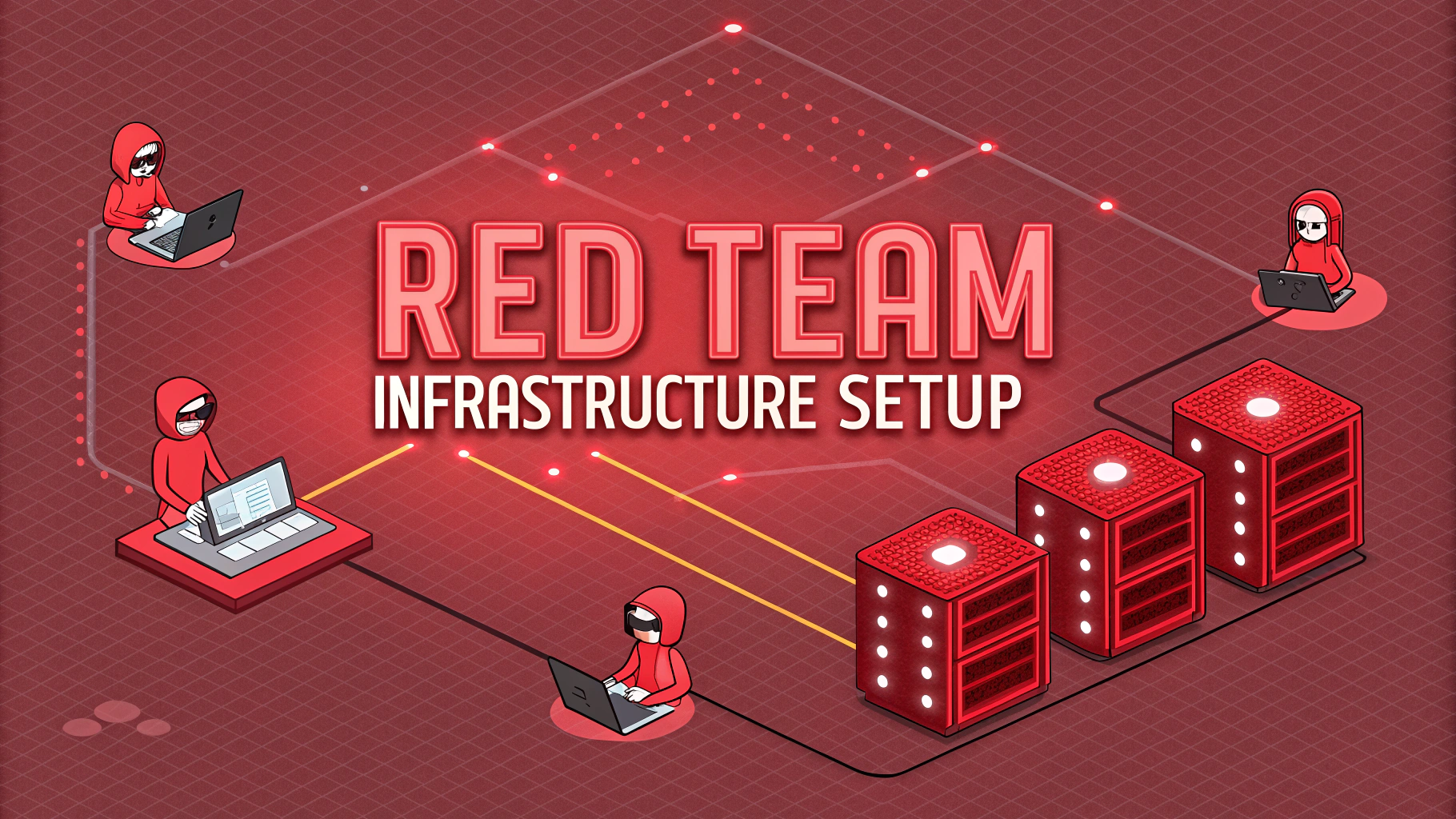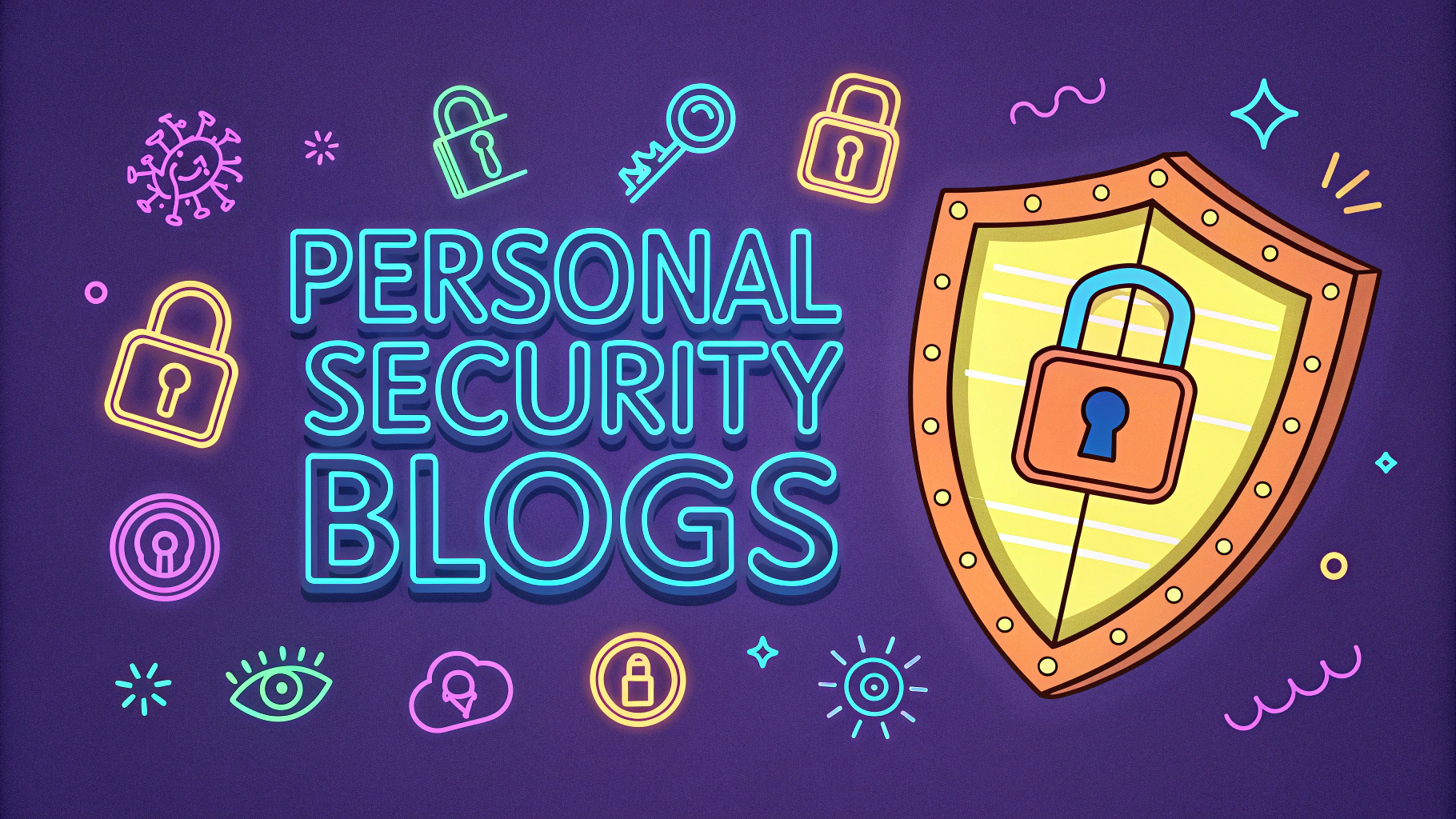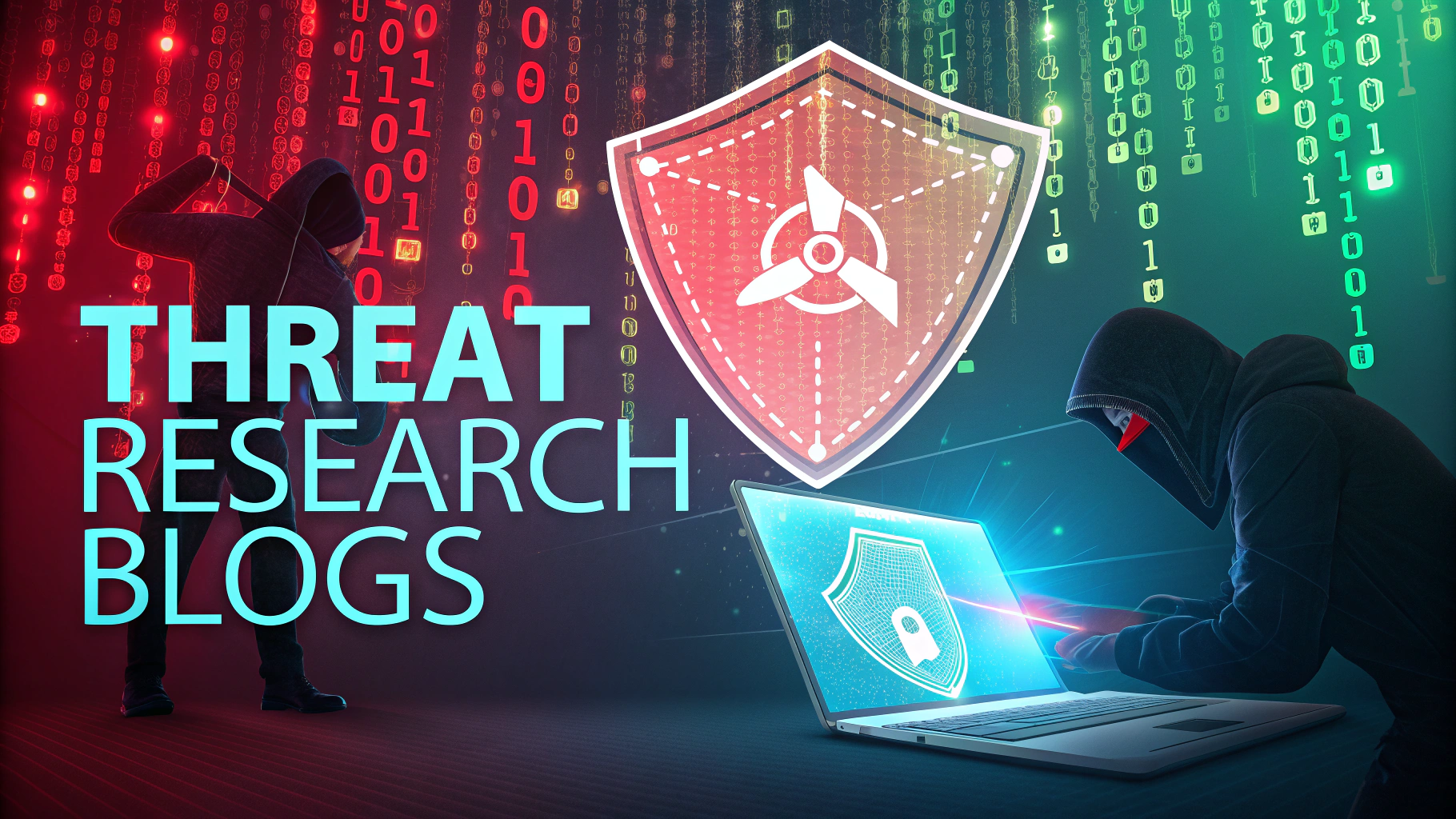Penetration testing discovers security weaknesses in computer systems, networks, and applications before malicious attackers can exploit them.
Professional pentesters use the same tools and techniques as hackers, but with explicit permission to help organizations strengthen their defenses.
This guide breaks down the key components of penetration testing, common methodologies, and essential tools for both beginners and experienced security professionals.
Getting Started with Penetration Testing
- Learn core networking concepts and protocols
- Master Linux command line basics
- Study programming fundamentals (Python recommended)
- Build a dedicated pentesting lab environment
- Practice with legitimate testing platforms
Essential Pentesting Tools
| Tool | Purpose |
|---|---|
| Nmap | Network discovery and security scanning |
| Metasploit | Exploitation framework |
| Wireshark | Network protocol analysis |
| Burp Suite | Web application security testing |
| John the Ripper | Password cracking |
Pentesting Methodologies
- Information Gathering: Collect target system data
- Vulnerability Assessment: Identify security weaknesses
- Exploitation: Attempt to breach discovered vulnerabilities
- Post Exploitation: Document access and potential impact
- Reporting: Detail findings and remediation steps
Legal Considerations
Always obtain written permission before testing any systems or networks.
Document scope and boundaries clearly in a formal penetration testing agreement.
Check local laws regarding security testing and tool usage.
Practice Environments
- HackTheBox – Online pentesting labs
- VulnHub – Downloadable vulnerable VMs
- PentersterLab – Web security exercises
Certification Path
- CompTIA Security+
- eLearnSecurity Junior Penetration Tester (eJPT)
- Offensive Security Certified Professional (OSCP)
- GIAC Penetration Tester (GPEN)
Building Your Career
Start with bug bounty programs to gain real-world experience.
Build a portfolio of documented testing projects.
Network with other security professionals through conferences and online communities.
Consider specializing in web, mobile, or network penetration testing.
Next Steps for Success
Join security forums and Discord communities to learn from experienced pentesters.
Set up a home lab with virtual machines for safe practice.
Subscribe to security blogs and YouTube channels for current techniques and tools.
Advanced Testing Strategies
Successful penetration testing requires adapting strategies based on target environments and security controls.
- Social engineering assessment
- Wireless network testing
- Physical security evaluation
- Cloud infrastructure testing
- IoT device security analysis
Documentation Best Practices
Maintain detailed records throughout the testing process:
- Test case documentation
- Screenshot evidence
- Command logs
- Remediation recommendations
- Executive summaries
Staying Current in Cybersecurity
The security landscape evolves rapidly, requiring continuous learning:
- Follow CVE databases
- Monitor threat intelligence feeds
- Participate in CTF competitions
- Explore emerging attack vectors
Mastering the Security Mindset
Professional penetration testing is ultimately about improving security posture and protecting assets.
Combine technical expertise with strategic thinking to provide meaningful security insights.
Remember that ethical behavior and responsible disclosure are cornerstone principles of the profession.
Focus on delivering actionable recommendations that help organizations enhance their security measures.
FAQs
- What is the main purpose of penetration testing?
Penetration testing is a systematic process of testing a computer system, network, or application to identify security vulnerabilities that attackers could exploit. - What are the different types of penetration testing?
The main types include Network Penetration Testing, Web Application Testing, Social Engineering Testing, Physical Penetration Testing, and Wireless Network Testing. - How often should organizations conduct penetration tests?
Organizations should conduct penetration tests at least annually, after significant infrastructure changes, or when deploying new systems or applications. - What’s the difference between black box, white box, and grey box testing?
Black box testing involves no prior knowledge of the system, white box testing provides complete system information, and grey box testing offers partial system knowledge. - What are common penetration testing tools?
Popular tools include Metasploit, Nmap, Wireshark, Burp Suite, and Kali Linux, each serving different aspects of security testing. - What phases are involved in penetration testing?
The main phases are Planning, Reconnaissance, Scanning, Vulnerability Assessment, Exploitation, Post Exploitation, and Reporting. - What certifications are valuable for penetration testers?
Key certifications include Certified Ethical Hacker (CEH), GIAC Penetration Tester (GPEN), Offensive Security Certified Professional (OSCP), and CompTIA PenTest+. - How is penetration testing different from vulnerability scanning?
Penetration testing involves active exploitation of vulnerabilities and manual testing, while vulnerability scanning is automated and only identifies potential vulnerabilities without exploitation. - What should a penetration testing report include?
A comprehensive report should include an executive summary, methodology, findings, risk ratings, technical details, and remediation recommendations. - What legal considerations should be addressed before penetration testing?
Written permission from the target organization, scope definition, non-disclosure agreements, and compliance with local cybersecurity laws must be addressed.








